Get the ultimate cheat sheet for converting Fahrenheit to Celsius in a flash. This guide and chart will equip you with all the tools you need to quickly and accurately convert Fahrenheit to Celsius cooking and baking temperatures on the go.
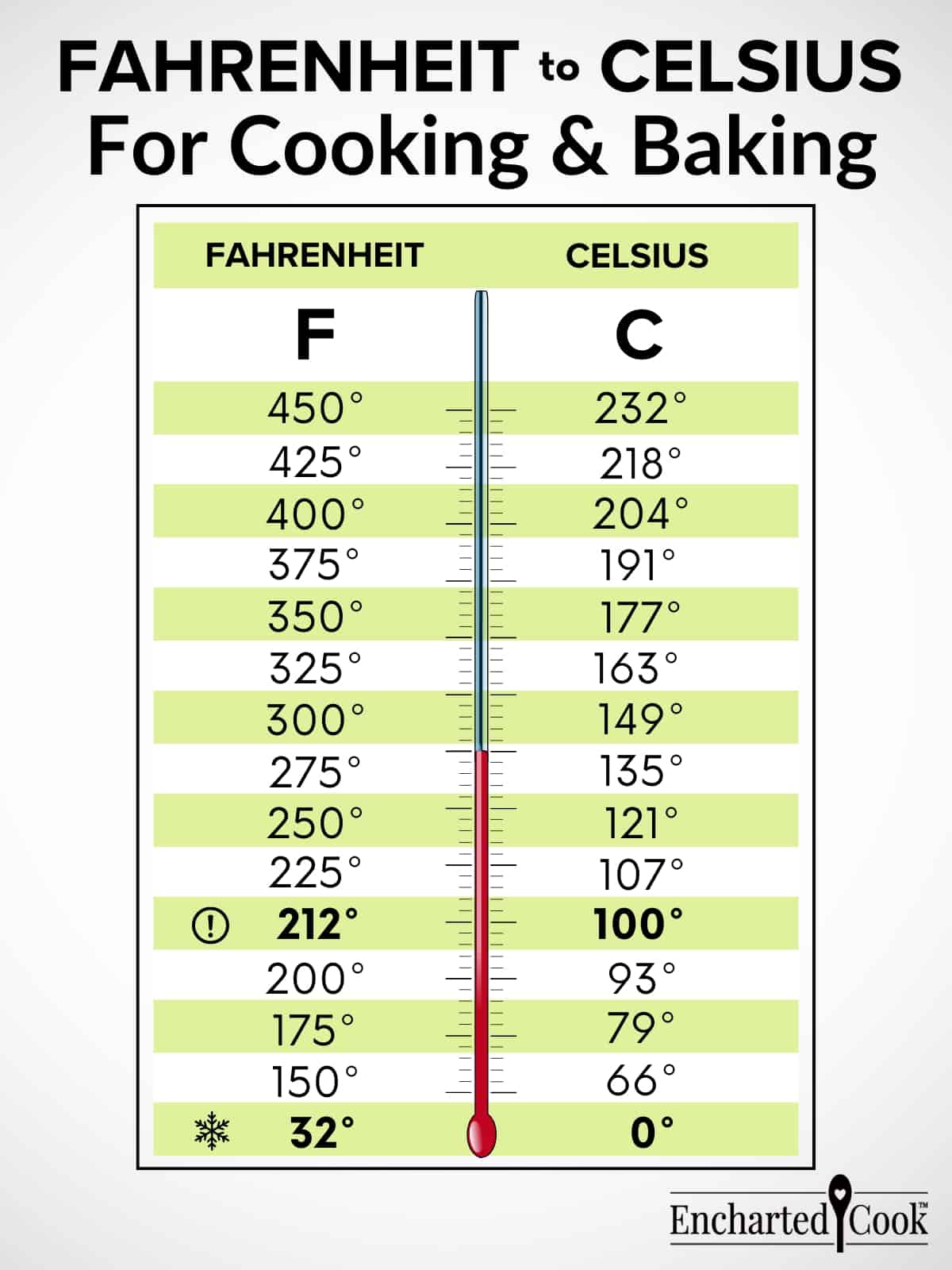
Mastering the arithmetic of converting Fahrenheit to Celsius is a crucial skill for any home cook or baker who likes to use recipes written throughout the world. With the right tools and knowledge, you can easily navigate between these two temperature scales with ease and confidence.
Jump to:
- Understanding the Fahrenheit and Celsius Scales
- Quick Reference Conversion Chart
- Conversion Formulas for Fahrenheit to Celsius
- Conversion Formulas for Celsius to Fahrenheit
- Practical Tips for Converting Temperatures
- Common Baking Temperatures in Fahrenheit and Celsius
- More Helpful Charts and Tips
- 💬 Comments
Understanding the Fahrenheit and Celsius Scales
These two scales for measuring temperature are named for and initially proposed by two scientists, Daniel Gabriel Fahrenheit in 1724, and Anders Celsius in 1742. Each scale is based on two fixed points and has been developed to its modern form over many decades.
Fahrenheit chose to use the temperature of frozen salted water for the lower fixed point and the temperature of the human body for the higher fixed point for his temperature scale.
While the Celsius scale is entirely based on the temperature of water. The point where water freezes is the lower fixed point and the temperature of boiling water is the higher fixed point.
As a result, on the Fahrenheit scale, the freezing of water (ice) occurs at 32° and the boiling of water occurs at 212°.
While on the Celsius scale, the freezing of water occurs at 0° and water boils at 100°.
Both scales are currently used in cooking and baking.
The Fahrenheit scale is commonly used in the United States, Antigua, Barbuda, Saint Kitts, Nevis, the Bahamas, Belize, and Palau. The rest of the world uses the Celsius scale and only a very few countries use both temperature scales.
Quick Reference Conversion Chart
This visual guide lets you easily find the equivalent Celsius temperature for a given Fahrenheit temperature and vice versa, making temperature conversions a breeze.
In baking and roasting, some temperatures are typically rounded up or down in Celsius, since not all stoves are digital, and estimating a dial setting for an exact conversion is not practical.
So you may find it more convenient to round the converted value to the nearest multiple of 5 degrees. For example, 300°F converts to 149°C so I would round up to 150°C.
| Fahrenheit | Celsius (Conventional Rounded) |
|---|---|
| 32°F (water freezes) | 0°C (water freezes) |
| 150°F | 66°C |
| 175°F | 79°C |
| 200°F | 93°C |
| 212°F (water boils) | 100°C (water boils) |
| 225°F | 107°C |
| 230°F | 110°C |
| 248°F | 120°C |
| 250°F | 121°C |
| 266°F | 130°C |
| 275°F | 135°C |
| 284°F | 140°C |
| 300°F | 149°C |
| 302°F | 150°C |
| 320°F | 160°C |
| 325°F | 163°C |
| 338°F | 170°C |
| 350°F | 177°C |
| 356°F | 180°C |
| 374°F | 190°C |
| 375°F | 191°C |
| 392°F | 200°C |
| 400°F | 204°C |
| 410°F | 210°C |
| 425°F | 218°C |
| 428°F | 220°C |
| 446°F | 230°C |
| 450°F | 232°C |
| 464°F | 240°C |
| 475°F | 246°C |
| 482°F | 250°C |
| 500°F | 260°C |
Conversion Formulas for Fahrenheit to Celsius
The traditional formula to convert degrees in Fahrenheit to degrees in Celsius is:
(°F - 32) x 5/9 = °C
The quick formula, which converts the fraction to a decimal number, to convert Fahrenheit to Celsius is:
(°F - 32) x .556 = °C
Conversion Formulas for Celsius to Fahrenheit
The traditional formula to convert degrees in Celsius to degrees in Fahrenheit is:
(°C x 9/5) + 32 = °F
The quick formula, which also converts the fraction to a decimal number, to convert Celsius to Fahrenheit is:
(°C x 1.8) + 32 = °F
Practical Tips for Converting Temperatures
When converting Fahrenheit to Celsius, the resulting answer will always be lower, while when converting Celsius to Fahrenheit the answer will be higher.
Common Baking Temperatures in Fahrenheit and Celsius
It's helpful to have a good grasp of common baking temperatures in both Fahrenheit and Celsius. This knowledge can help ensure that your dishes turn out just right, whether roasting a turkey or baking a cake. Here is a convenient reference guide to some typical baking temperatures:
| °F | °C | Descriptor | Suggested Uses |
|---|---|---|---|
| 150°F | 66°C | Very Low Heat | Perfect for drying meringues. |
| 225°F | 107°C | Slow | Useful for dehydrating fruits. |
| 325°F | 163°C | Slow Moderate | Baking high-fat cookies and cakes, slow-roasting vegetables, and roasting meats. |
| 350°F | 177°C | Moderate | Roasting poultry, baking casseroles, most cakes, cookies, and bread. |
| 375°F | 191°C | Quick Moderate | Typical for baking bread, cookies, and pastries with a golden crust. |
| 400°F | 204°C | Moderately Hot | Generally good for pie and pastry. |
| 425°F | 218°C | Hot or Quick | Ideal for baking powder biscuits and roasting vegetables quickly at a high temperature. |
| 450°F | 232°C | Very Hot | Perfect for searing meats before slow roasting, baking pizza, or achieving a crispy exterior on certain foods. |
More Helpful Charts and Tips





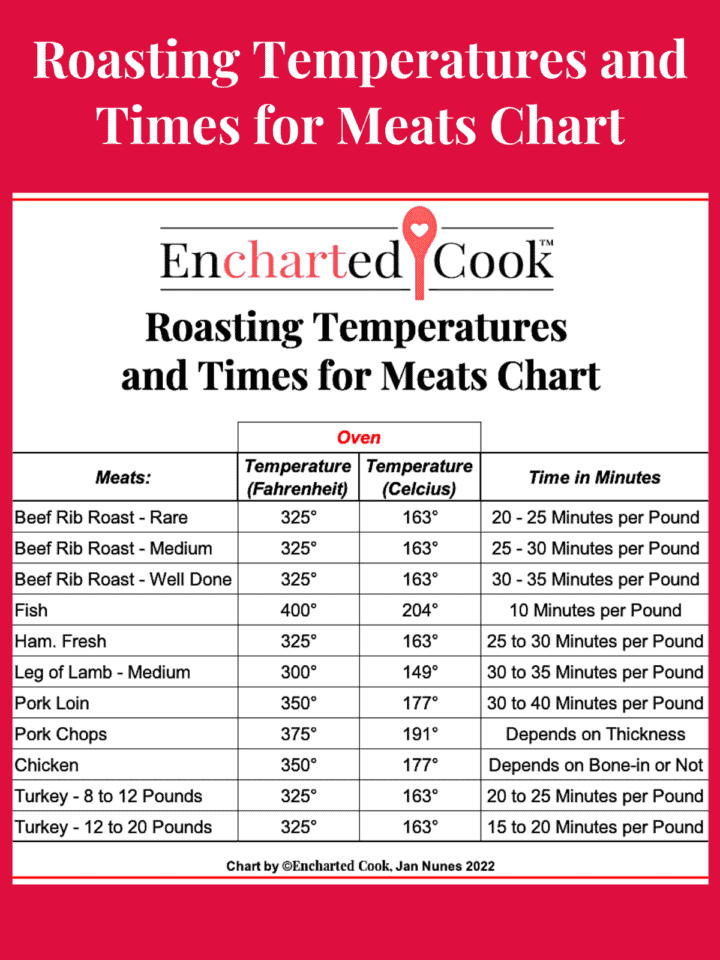
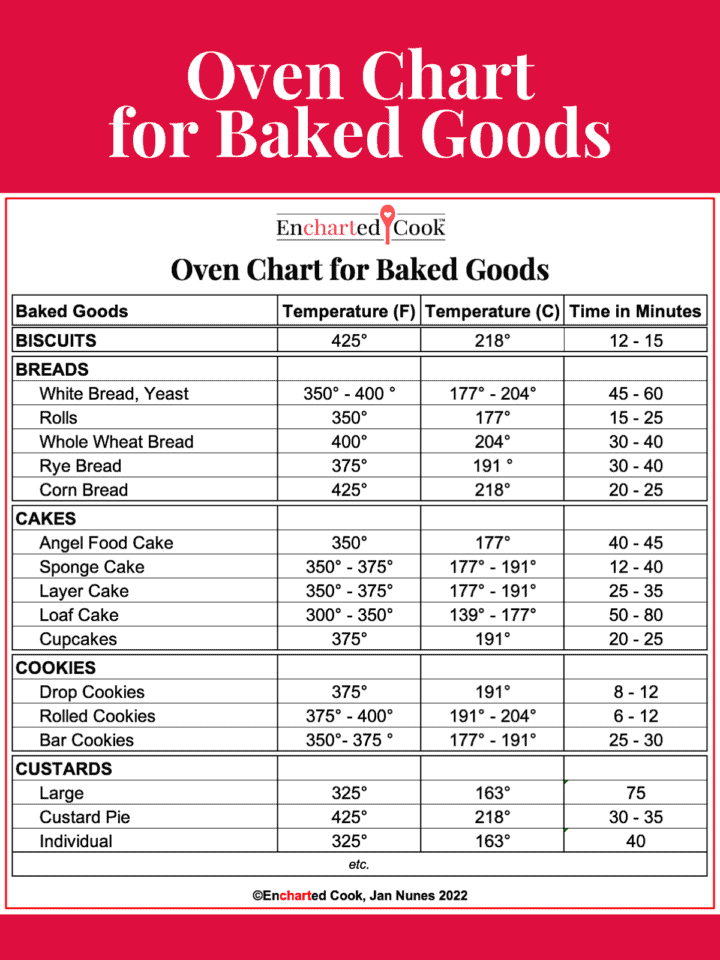
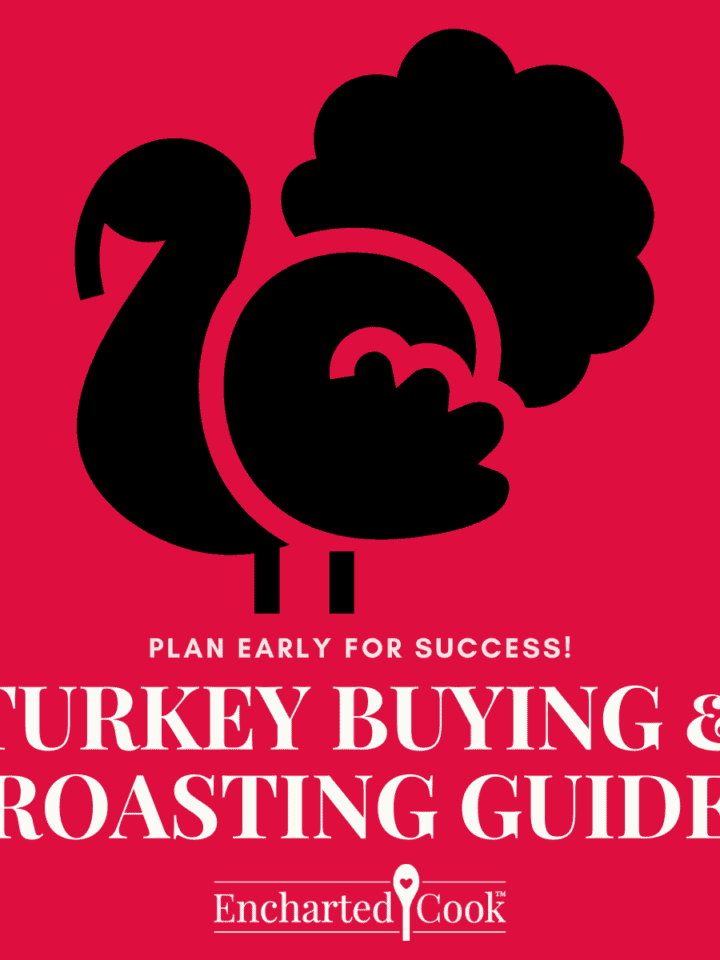
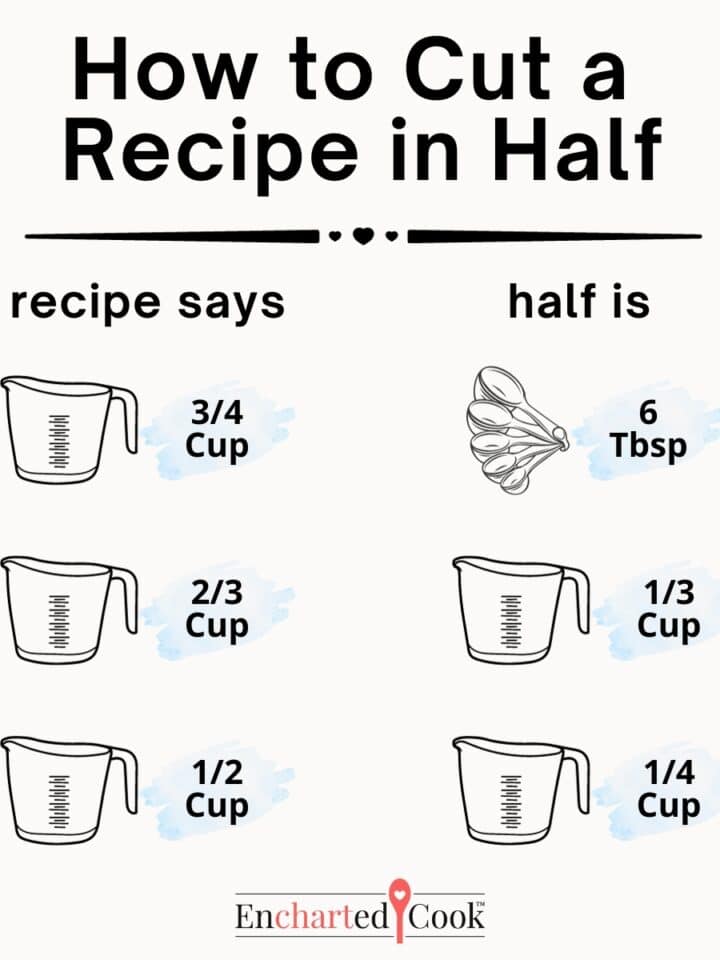
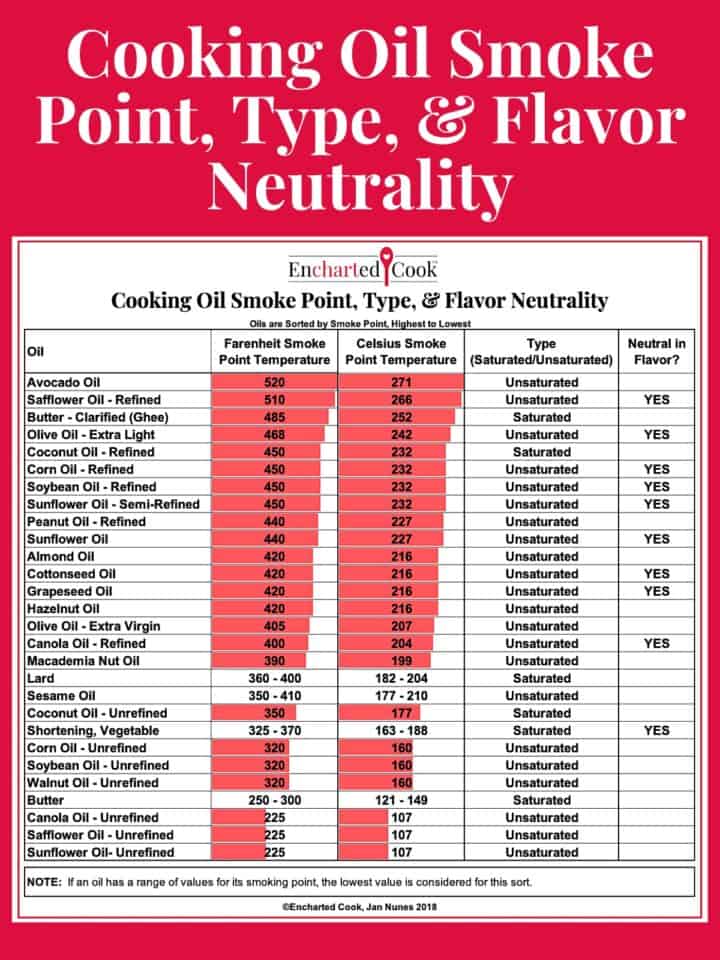
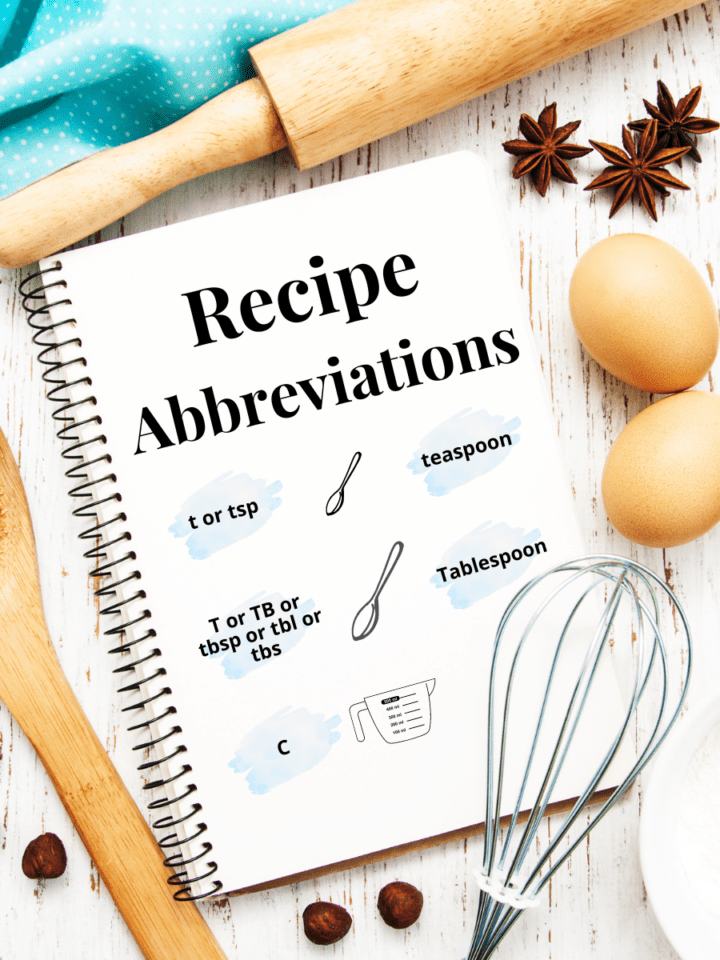
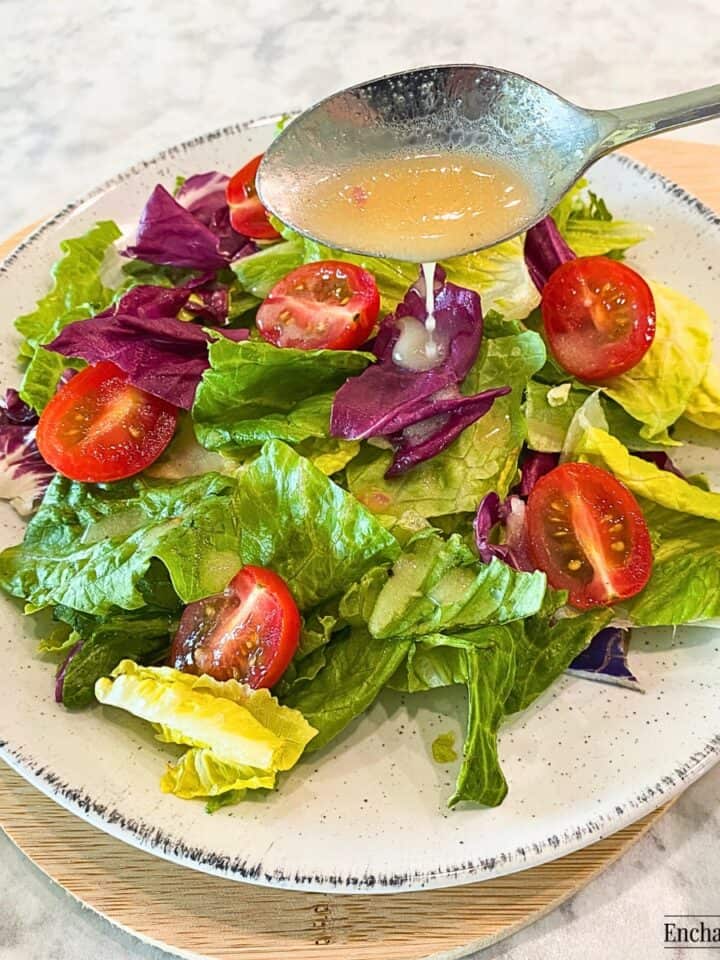
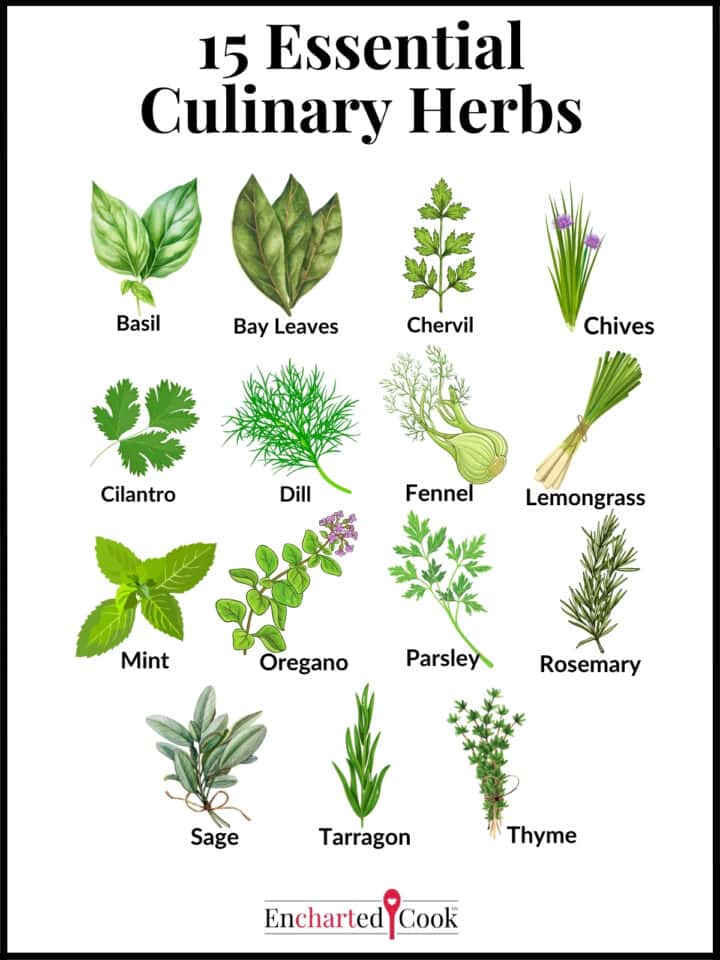
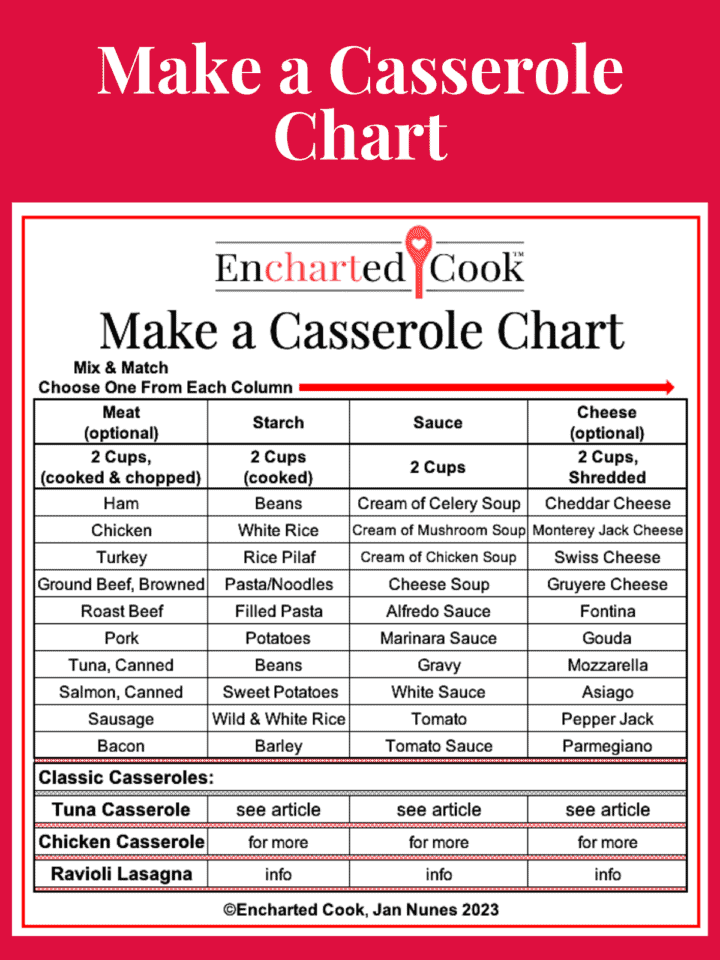
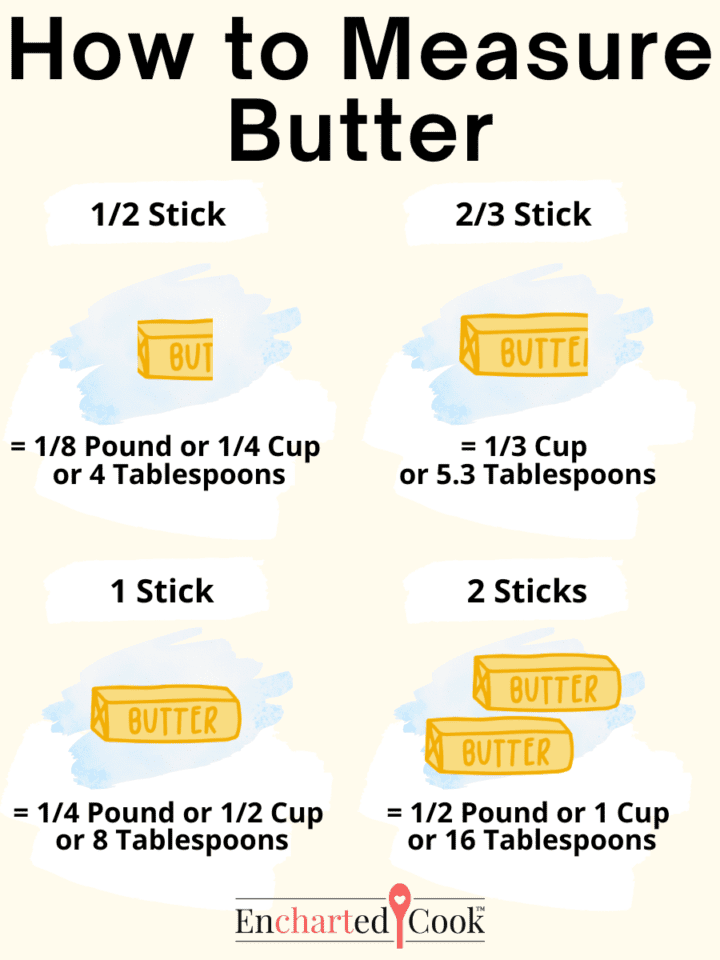
Comments
No Comments